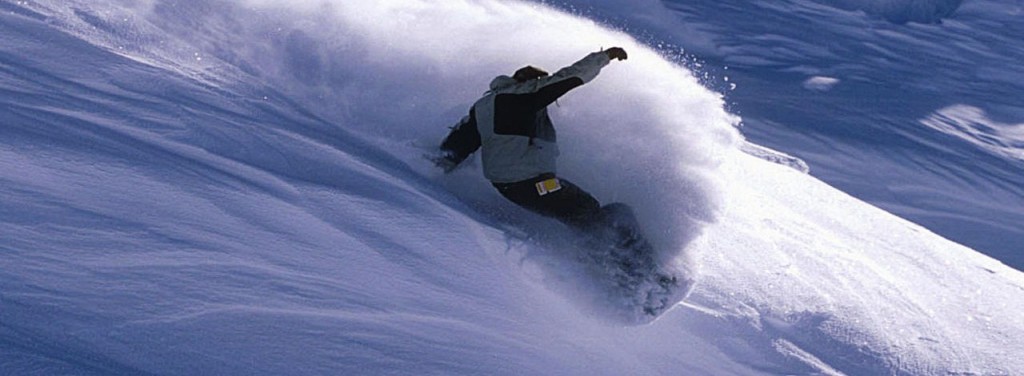This is Swedish Ballard’s third post in a four-part series to encourage and inspire Ballard residents and the surrounding communities to be healthy while leading active lifestyles in 2014. Below, posted in its entirety, is the article from Swedish Ballard’s web site; posted 1/29/14.
By Scott Ruhlman, MD
Orthopedic Surgeon
Looking to be more active in 2014? Have you been waiting all year to enjoy winter sports such as skiing or snowboarding?
There are a few common injuries that often get my patients down when they are on the go. Below are a few tips and tricks to help you prevent these common injuries and determine the best treatment options should you need it.
Sprains/Fractures
The most common injuries in the wrist and ankle are sprains and fractures. Throwing, twisting, weight-bearing, and impact can put you at risk for a wrist injury. Ankle sprains and fractures are typically caused by making a fast, shifting movement with your foot planted on the ground.
In most cases, I recommend the RICE approach: rest for around 48 hours; ice the injured area to reduce swelling (use a pack wrapped in a towel); compress with an elastic ACE wrap; and elevate the injury above heart level.
However, if you experience these symptoms, contact your provider for further evaluation.
- Pain at the time of injury
- Swelling
- Bruising or discoloration
- Difficulty moving the wrist or ankle
- A “popping” or tearing sensation during the trauma
- Warmth and tenderness of the skin
More serious injuries will likely be treated with a splint, boot or cast. The healing process can take up to six weeks. Surgery may also be required.
ACL Tears
The ACL, or anterior cruciate ligament, is one of the major ligaments in your knee that helps with stabilization when turning or planting. ACL injuries take place during cutting or pivoting movements. The hallmark of a torn ACL is a distinct popping noise and your knee may give out. The affected knee will begin to swell and become stiff between 2-12 hours after the injury. People often experience pain or tenderness, and discomfort while standing or walking.
Treatment for ACL injuries depend on the severity of the tear, as well as your age and activity level. Non-surgical treatment such as physical therapy or using a brace may be sufficient. Other individuals will need reconstructive surgery. In all cases, it is important to consult with your provider as soon as possible if you suspect a problem.
Rotator Cuff Tears
The rotator cuff is a group of four small muscles and tendons in the shoulder that provide stability to the shoulder and mobility to the arm. A torn rotator cuff can happen in two ways. An acute tear happens suddenly, such as when you fall on an outstretched hand or lift a heavy object. Tears can also happen slowly over time. As we age, the tendons of the rotator cuff become weaker and gradually fray.
Symptoms of a rotator cuff tear include pain with movement of the shoulder and tenderness to touch. Inability to lift even household objects out to the side or overhead is also typical. Another indicator is a prior history of shoulder tendonitis or bursitis as this would point to excessive stress on the rotator cuff over time.
Treatment can be conservative for some tears, including physical therapy to improve shoulder mobility and progressively strengthen the cuff muscles. However, the majority of tears will likely require surgery to restore shoulder function.
Meniscus Tears
The meniscus helps to absorb shock, as well as stabilize the knee joint. A lot of your body weight is distributed through the meniscus when you move, especially when performing athletic activity. Meniscus tears are caused by twisting and compression that can occur with such activities as running or jumping.
If you have a meniscus tear, you may hear a popping sound or feel a tear or rip in the knee. Swelling generally occurs within a few minutes to a couple of hours and your knee might feel like it is out of place. In less acute injuries, swelling may not occur. Your knee might feel like it’s catching during movement, or like it’s “out of place”. If you suspect you may have a meniscus tear, make an appointment with your provider right away.
Initial treatment of a meniscal tear is typically nonsurgical, and may include RICE (rest, ice, compression and elevation). If the tear doesn’t heal, you may need surgery.
Prevention
While the majority of these sports injuries are due to circumstance and pre-existing injuries, there are precautions that you can take to help prevent them from happening to you:
- Maintaining a lifestyle involving consistent exercise
- Warming up and stretching prior to rigorous activities
- Cooling down and slowly relaxing after exercise.
Dr. Scott Ruhlman practices orthopedic surgery at Orthopedic Specialists of Seattle, and has extensive experience with sports medicine. If you have any questions regarding your shoulder pain or function, please feel free to contact Dr. Ruhlman’s office at (206) 784-8833.



